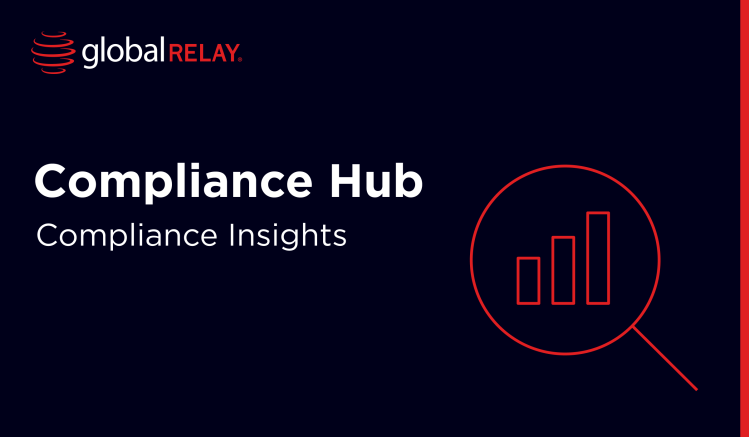
Understanding Privileged Identity Management: Enhancing Cybersecurity with PAM Solutions
In 2022, it was discovered that 23 million Pegasus Airline files, containing sensitive flight, passenger, and crew data, were left accessible online without a password. It was later found to be caused by an employee’s configuration error and led to questions over the company’s data protection processes, along with significant public distrust.
Written by a human
Privileged Identity Management (PIM) is the process of protecting who can access which information and can involve employee monitoring software, cybersecurity training, and account restrictions.
Learn about these measures to avoid the reputational damage and financial consequences that came with Pegasus’ failings.
What is Privileged Identity Management?
Privileged Identity Management (PIM) describes an organization’s approach to the controlling, monitoring and limitation of access to accounts, privileges, and information.
Imagine what could happen if a new employee is hired, and their account is set up without controls. They may:
- Send themself money by accessing the bank account and payments information (internal fraud)
- Access confidential business information which if leaked, could cause reputational damage
- Share sensitive product details with competitors, causing legal issues and sales challenges
- Unknowingly fall victim to cyberattackers, who can take over their account and complete any of the above
PIM therefore, is incredibly important for cybersecurity, whether you trust your employees or not. The practice enables organizations to take a layered approach to protect against both internal and external fraud risks and apply a systematic framework to detect and prevent data leaks.
Understanding PAM Security
PAM stands for Privileged Access Management, which is slightly different to PIM. While identity management focuses on which information each role should have access to, PAM is the act of providing or limiting that access based on control and monitoring techniques.
PAM’s cybersecurity components involve a mix of automated and human functions. This way, teams get continuous oversight without having to manually track changes or flag suspicious access requests.
PAM security protocols might involve any number of the following:
| Security protocol | Function |
| Multi-factor authentication | Creates extra barriers of security in case credentials are leaked or hacked |
| Strong password policies like mandated password rotation | Ensures operational resilience in case of a breach and limits potential damage |
| Just-in-time access | One-time use accounts or temporary access elevation based on business and user needs |
PAM is an incredibly important practice when it comes to the wider cybersecurity of an organization’s sensitive data and systems. Primarily, PAM works to defend the systems against threats, mitigating the likes of data breaches and insider fraud.
In the case of an adverse event, it also helps IT teams to detect the misuse or breaches in real-time, limiting the potential for damage.
What are the Key Features of Privileged Identity Management Solutions?
Privileged Identity Management software often has the following features:
- Coverage across a distributed workforce
- Cloud operational
- Functional across varying business applications
- Security measures to minimize the attack surface
Coverage across a distributed workforce
Since the pandemic, the typical corporate workplace has totally transformed from in-office to hybrid or fully remote. While teams could once rely on securing their entire network through an on-site system, they must now consider how to manage cybersecurity across a much larger jurisdiction.
In some cases, workers are distributed across a single city, but in others, it’s across the world. This increases the average cost of a data breach by approximately $200,000.
Focusing on securing devices is, therefore, a better way to perform PIM, and the tools that exist today have that capability. With a centralized data platform, solutions support remote access through credentials-based access and location monitoring.
Cloud operational
Cloud-based operations are a key feature of privileged identity management systems because they expand the data set that companies are able to work with.
Keeping all data on the devices themselves would significantly slow down the systems, forcing companies to choose between efficiency and security. Instead, cloud operations promote high-level security without compromising or bogging down the systems, because data is not permanently downloaded but just temporarily activated.
This works similarly to Global Relay’s cloud-based data archive, which stores information in a next-gen cloud archive for smooth discovery. Teams can rapidly retrieve historical data and enforce legal holds, preventing deletion or destruction that could result in sanctions, fines, and a weaker defense program, all without filling up (and slowing down) their own devices.
Functional across varying business applications
Some business expense management systems apply the principles of PIM through features like approval matrices and single-use cards, which are incredibly beneficial, but only to the finance department.
Instead, full PIM solutions can be applied and integrated across all areas of the business, saving on the need to find and manually connect different platforms. This could suit a range of use cases, including:
- IT administration access limitation for critical systems
- Temporary access for DevOps to test and implement product changes
- Finance approvals for budgets and spending
- Departmental access restrictions for particular databases
Security measures to minimize the attack surface
Another of the features of PIM solutions is to minimize the attack surface, limiting the potential opportunity for cyberattackers.
The fraud triangle theory states that fraudsters require three factors to commit fraud:
- Motivation
- Rationalization
- Opportunity
Experienced attackers typically scope out the lay of the land before they make any moves, assessing a company’s security measures in preparation for their attack. Poor security controls, such as a lack of privileged identity management tools, leave teams more vulnerable to an attack by increasing the opportunity and increasing the points of weakness to exploit.
The security measures in PIM solutions minimize the attack surface, placing extra guardrails around accounts and databases to better protect online systems.
Case Study: PAM buy-in transforms the cybersecurity of the government
A UK government department fell short during their NIST risk assessment thanks to an overwhelming number of external and internal attack attempts.
Over a number of years, the department was deemed to have lost control over their PAM thanks to:
- poorly-integrated technology, which created extra points of security weakness
- high user-churn: leaving legacy or ghost accounts with full access privileges that would not raise suspicions if compromised
- staff committed to old ways of working, which led to poor cyber-awareness
The department underwent a cybersecurity transformation when they implemented a new PAM solution, which holistically integrated with prior technology to level up the barriers against attackers.
The department cleaned up its legacy accounts, preventing backdoor access to previous employees or knowledgeable outsiders. They also removed the need for users to store or remember passwords, reducing the risk of loss, theft or being accidentally locked out of accounts. By training up staff, there was an overall shift in behavior towards security consciousness, increasing the detection and flagging of suspicious activity.
Prioritizing Privileged Identity Management
Privileged Identity Management should be the default on all devices, online platforms, and accounts – not the exception. Without it, your firm risks non-compliance, at the very least. More pressing, though, are the risks of data leaks, fraud, and reputational damage that could cost the organization for years to come.
Consider implementing both PIM and PAM cybersecurity solutions to provide everyday protection against threats.
Tie this in with Global Relay’s proactive communications surveillance for even better risk identification. We go beyond traditional keyword analysis, using generative AI to review messages in their entirety and make alert decisions based on the context of the message. By separating true threats from the noise, analysts are empowered to prioritize meaningful investigations.
